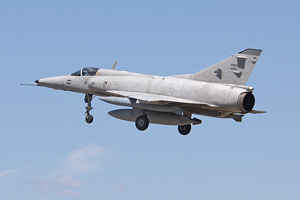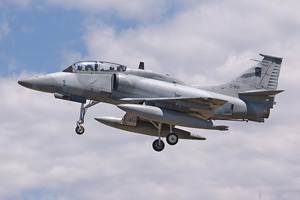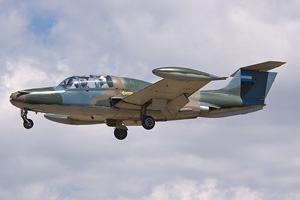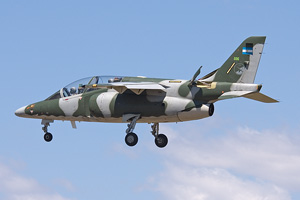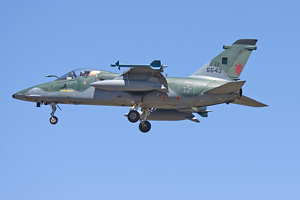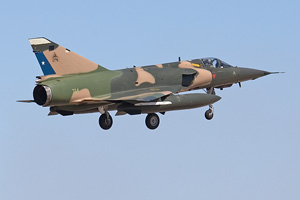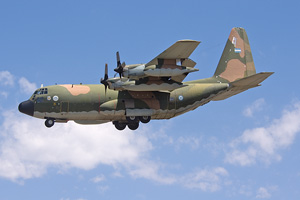
Ceibo 2005
Mendoza, Argentina
14 - 25 November 2005
In a world dominated by the War on Terror chiefly fought in the Middle East, one would almost forget that there is a continent like South America. Far away from the Arab world with its eternal problems, far away from Africa with its eternal problems as well. Now democratic after years of histories dominated by incapable governments from both civil as well as military origins, some Latin American countries are now forging ties among them. In 1991 Brazil, Argentina, Uruguay and Paraguay formed the MERCOSUR trading zone. Obviously, the countries involved would like to put in their weight militarily as well when time comes. In order to prepare for any future conflict which might require their combined muscle, exercises like CRUZEX in Brazil, but also Ceibo in Argentina are now being run.
